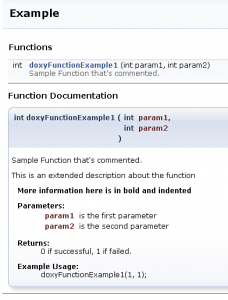Miktex 2.8 and 2.9 seem to suffer from a known issue with the package manager. Simply put, the package manager GUI will fail and then no packages can be fetched if the Yes or Ask options are selected for the package manager (contrary to some online information, selecting Yes doesn’t seem to work).
The solution isn’t too pretty: Open the mo (miktex options) GUI that’s in the bin folder of the miktex installation folder. For example in Windows 7 this is:
C:\Program Files (x86)\MiKTeX 2.9\miktex\bin>
Then just run mo.exe. IN the General screen, select the “No” option for whether packages should be downloaded automatically.
Here is the difficult part: you now will need to download the necessary packages manually. It’s a pain, but can be done quickly. Simply run miktex and see what package is missing from the error. Using the package manager (also available in mo.exe in the Packages tab), locate the packages and install them.
